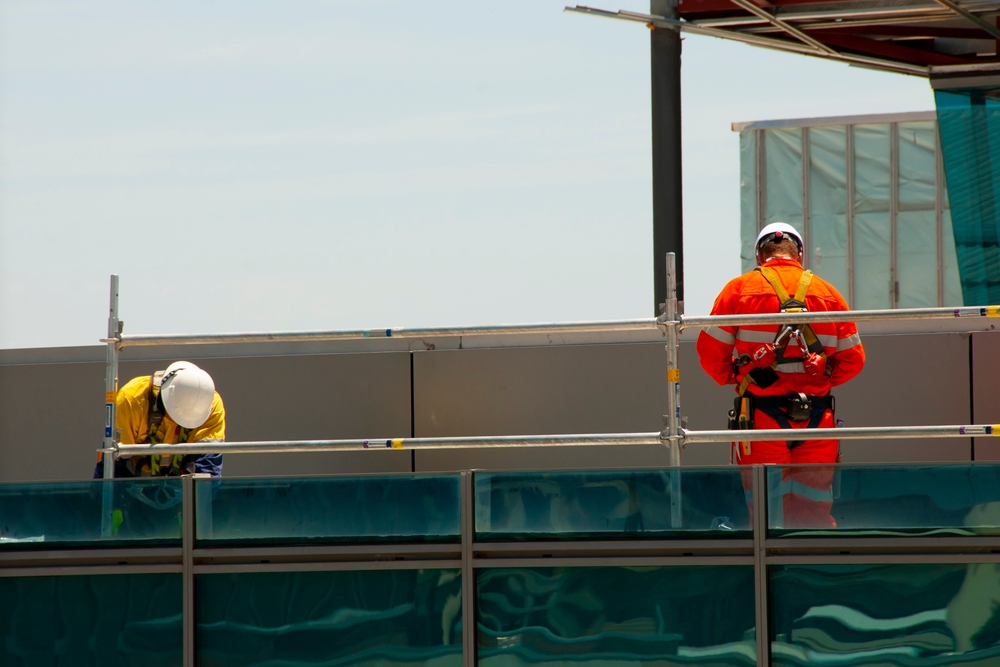In our latest installment of Ask the Expert, brought to you by the team of industry experts at EHS Hero®, we look at a recent question from a subscriber asking about the regulations for building a guardrail system. See what the experts had to say.
Q: What are the regulations pertaining to temporary posts that are put on floor edges to keep people from walking off the edge? I’m trying to build a system with posts and wire cables and want to know what the limitation is for the top cable.
OSHA’s rules for fall protection in the construction industry are found at 29 CFR 1926, Subpart M. The type of fall protection you are describing is considered a guardrail system, which is a barrier erected to prevent employees from falling to lower levels. Guardrail systems must comply with 29 CFR 1926.502(b).
The top edge of the top rail or equivalent guardrail system member, such as the wire cable you are using, must be 42 inches high plus or minus 3 inches above the walking/working level. Standard guardrails are 42 inches high. When conditions warrant, the height of the top edge may exceed the 45-inch height if the guardrail system meets all other criteria of 29 CFR 1926.502(b). If employees are using stilts, the top edge height of the top rail or equivalent member must be increased an amount equal to the height of the stilts.
The following information may also be useful to you as you are building your guardrail system:
- Midrails or equivalent intermediate structural members must be installed between the top edge of the guardrail system and the walking/working surface when there is no wall at least 21 inches high. Intermediate members used between posts, such as wire cable, must not be more than 19 inches apart. Additional structural members must be installed so that there are no openings in the guardrail system that are more than 19 inches wide.
- Guardrail systems must be capable of withstanding a force of at least 200 pounds applied within 2 inches of the top edge in any outward or downward direction at any point along the top edge. Midrails and equivalent structural members must be capable of withstanding a force of at least 150 pounds applied in any downward or outward direction at any point along the midrail or other member.
- Top rails and midrails must be at least one-quarter inch nominal diameter or thickness to prevent cuts and lacerations. When wire cable is used for top rails, such as in your situation, it must be flagged at least every 6 feet with high-visibility material.
For more information about OSHA’s required criteria for fall protection systems, see 29 CFR 1926.502.
Ask the Expert is a service provided to subscribers of BLR®’s EHS Hero product, where experts are ready with answers to your organization’s unique questions surrounding EHS compliance. To learn more and request a trial of EHS Hero, click here.

